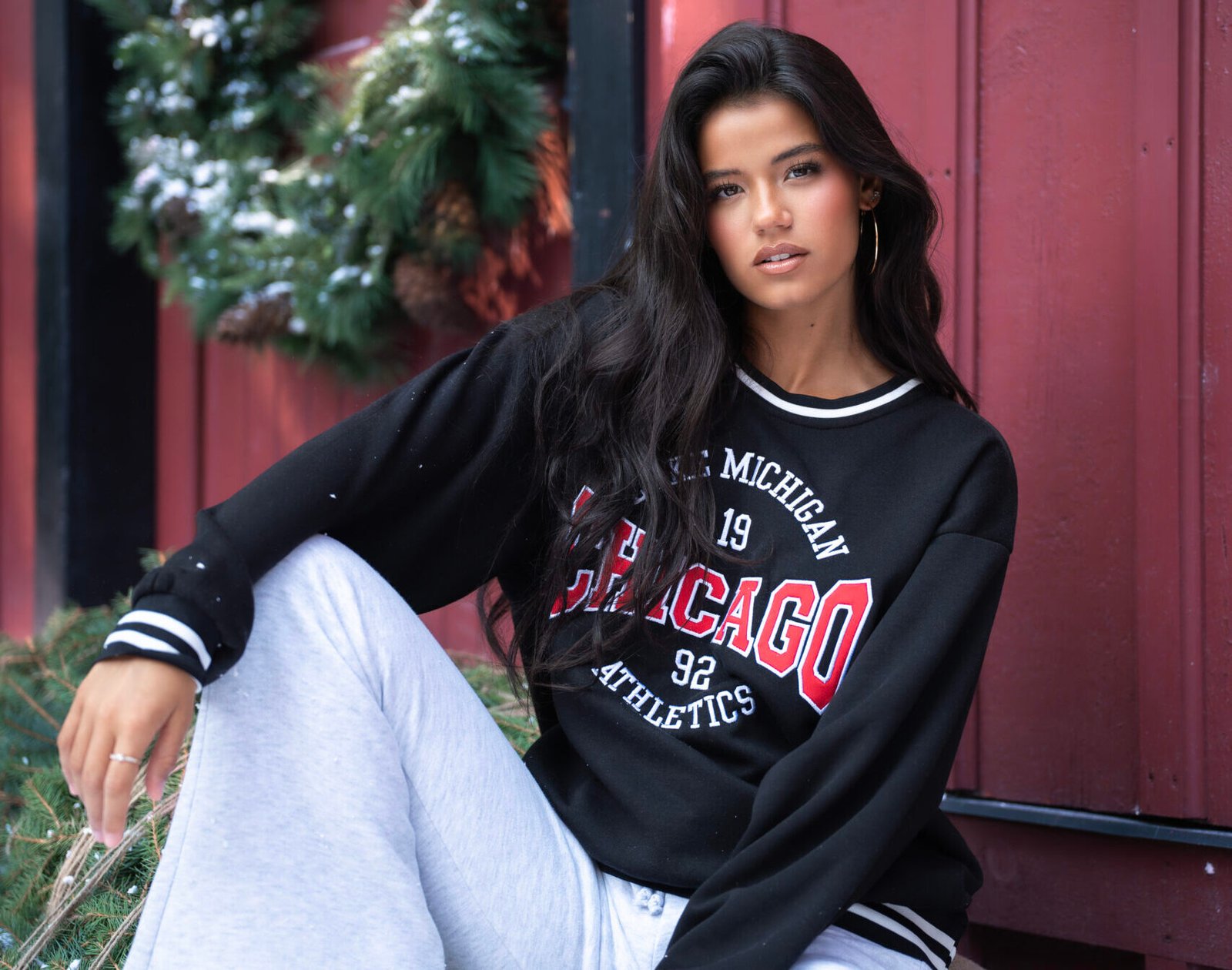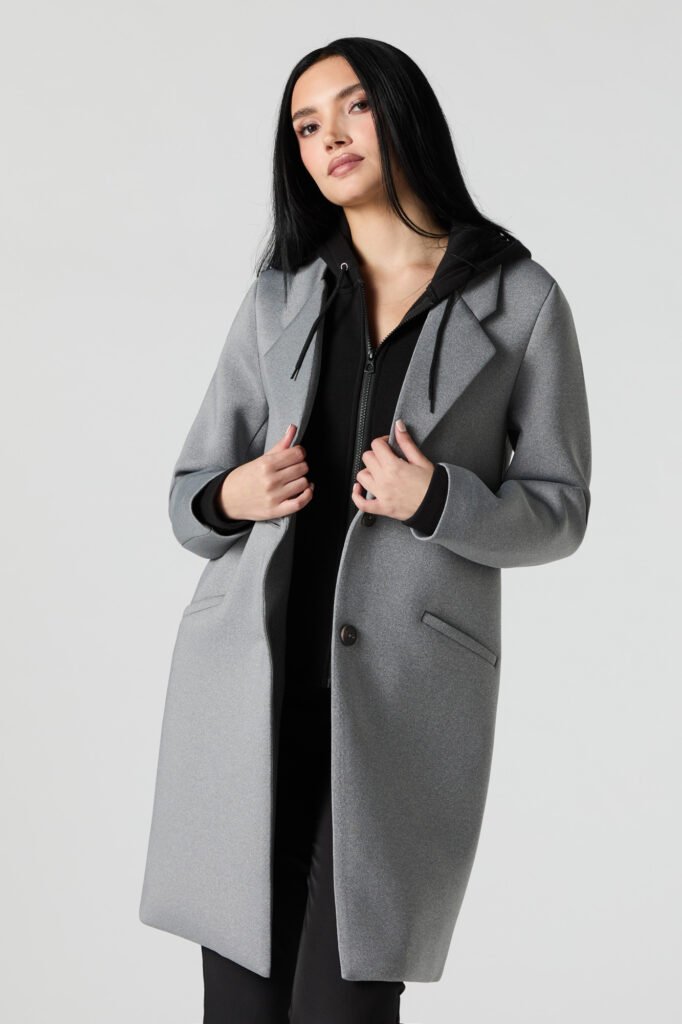
Visual Systems That Scale Revenue: The ROI of Professional Product Photography
Your Images Are Talking—But Are They Selling?
In the world of e-commerce, visuals don’t just represent your products—they define your customer’s trust, emotion, and buying decision.
Shoppers don’t buy what they can’t clearly see. They buy what feels real, reliable, and worth the click.
That’s why high-growth brands treat product photography not as a creative afterthought—but as a revenue-generating system.
The Revenue Link Most Brands Miss
Many brands spend heavily on ads, influencers, and paid traffic—yet struggle with low conversion rates.
The missing piece? Visual consistency.
📉 Poor lighting, color mismatches, or inconsistent angles break trust.
📉 Over-styled or inaccurate photos lead to returns.
📉 Slow-loading or low-quality images lose impatient shoppers.
In short: if your product images aren’t optimized, your marketing dollars are leaking.
Why Visual Systems Matter More Than Individual Photos
A single beautiful image might attract attention—but a consistent visual system drives brand recall and purchase confidence.
A visual system means your images are:
Uniform in tone, lighting, and perspective
Optimized for every platform
Retouched for clarity and realism
Managed through repeatable, scalable workflows
When this system is in place, your team spends less time fixing inconsistencies—and more time scaling campaigns that perform.

The ROI Equation: How Great Images Translate into Revenue
Let’s break down what happens when visual quality becomes systematic and strategic.
1️⃣ Conversion Confidence
Your customer’s brain makes purchase decisions in milliseconds.
High-quality, realistic visuals create instant trust and signal “premium,” reducing hesitation.
💡 Fact: Shopify found that products with high-resolution, zoomable images increase conversions by up to 30%.
When every image looks consistent and true-to-life, your product pages become silent closers.
2️⃣ Reduced Returns, Higher Satisfaction
Misleading visuals are one of the biggest causes of returns in online retail.
Poor color calibration, over-editing, or unrealistic textures lead to disappointment—and refunds.
With precise retouching, true-to-life colors, and texture-preserving edits, customers get exactly what they saw online.
That reduces returns and strengthens long-term trust.
3️⃣ Operational Efficiency and Faster Go-to-Market
Imagine launching a 2,000-SKU campaign in days instead of weeks.
With a systemized photo-editing workflow, your marketing, design, and e-commerce teams stop chasing corrections and re-edits.
Every image flows through an optimized pipeline—from capture to upload—without delay or confusion.
That’s time back, money saved, and campaigns launched faster.
4️⃣ Consistency That Builds Brand Equity
Visual inconsistency isn’t just an aesthetic problem—it’s a brand perception issue.
When customers see cohesive visuals across your ads, PDPs, and social media, your brand feels trustworthy, professional, and premium.
That kind of subconscious credibility doesn’t just win clicks—it wins repeat customers.
5️⃣ Scalable Systems for Global Growth
As your catalog grows, manual editing breaks down.
Different photographers, different studios, different regions—all create visual chaos.
But with a well-defined system of AI-assisted automation + human quality control, your visuals remain consistent, regardless of volume.
That’s how leading global e-commerce brands scale—by standardizing excellence.
The MubyTech Approach: Building Scalable Visual Systems
At MubyTech, we don’t just edit images—we engineer visual ecosystems that drive performance.
Over 20 years, we’ve optimized 20+ million product images for top global brands, helping them transition from visual inconsistency to visual intelligence.
Our process combines AI efficiency and human expertise to deliver:





The result?
Higher CTRs on product listings
Reduced editing costs and time
Improved customer satisfaction
Long-term brand trust and ROI

Final Thought: Great Brands Don’t Just Create Images—They Build Visual Systems
n the race for online dominance, the best brands don’t rely on luck or one-off creative bursts.
They rely on systems—consistent, scalable, intelligent workflows that transform images into trust, trust into clicks, and clicks into conversions.
Professional product photography is no longer just about aesthetics—it’s about performance.
And when that system is built right, it scales effortlessly, campaign after campaign.
By MubyTech
Global Image Editing Partner
Global Image Editing Partner